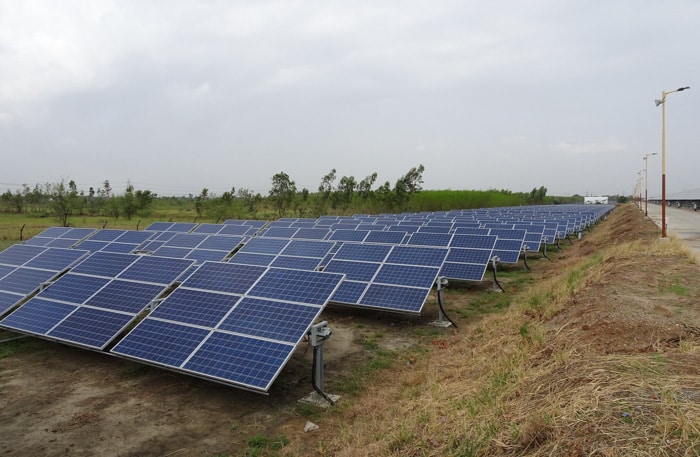In 2015, India said that 40% of its installed energy would be from renewable energy by 2030.
In late 2021, they achieved that goal and now over 40% of India’s electricity capacity now comes from non-fossil fuels.
How did India meet its renewable energy goal so fast?
Believe it or not, India has seen the fastest growth in renewable energy across all large economies over the last 7 years.
This growth is likely due to private and foreign investments. In India, foreign investors can enter joint ventures with Indian partners to set up energy generation projects. These joint ventures can be financial, technical, or both.
To put these investments into perspective, from 2014-2019, renewable energy projects received $64.4 billion.
And, in 2019 alone, investments in renewable energy totaled $11.2 billion.
What are additional climate goals for India and other countries?
At COP26, India said its new goal is to reach net-zero emissions by 2070.
Other world leaders have promised to:
- Reverse and end deforestation.
- Slash methane emissions by 30%.
- Phase-out coal by investing in more renewable energy sources.
- Make new cars and vans zero-emission.
- Boost cooperation to fight climate change.
- Help countries that are experiencing loss due to climate change.
- Set a global standard for the carbon marketplace.
In addition to world leader commitments, over 450 banks, insurers, pension funds, and other firms agreed to use their funds to help.
As countries and companies continue to make and fulfill these promises, the future is looking bright.


